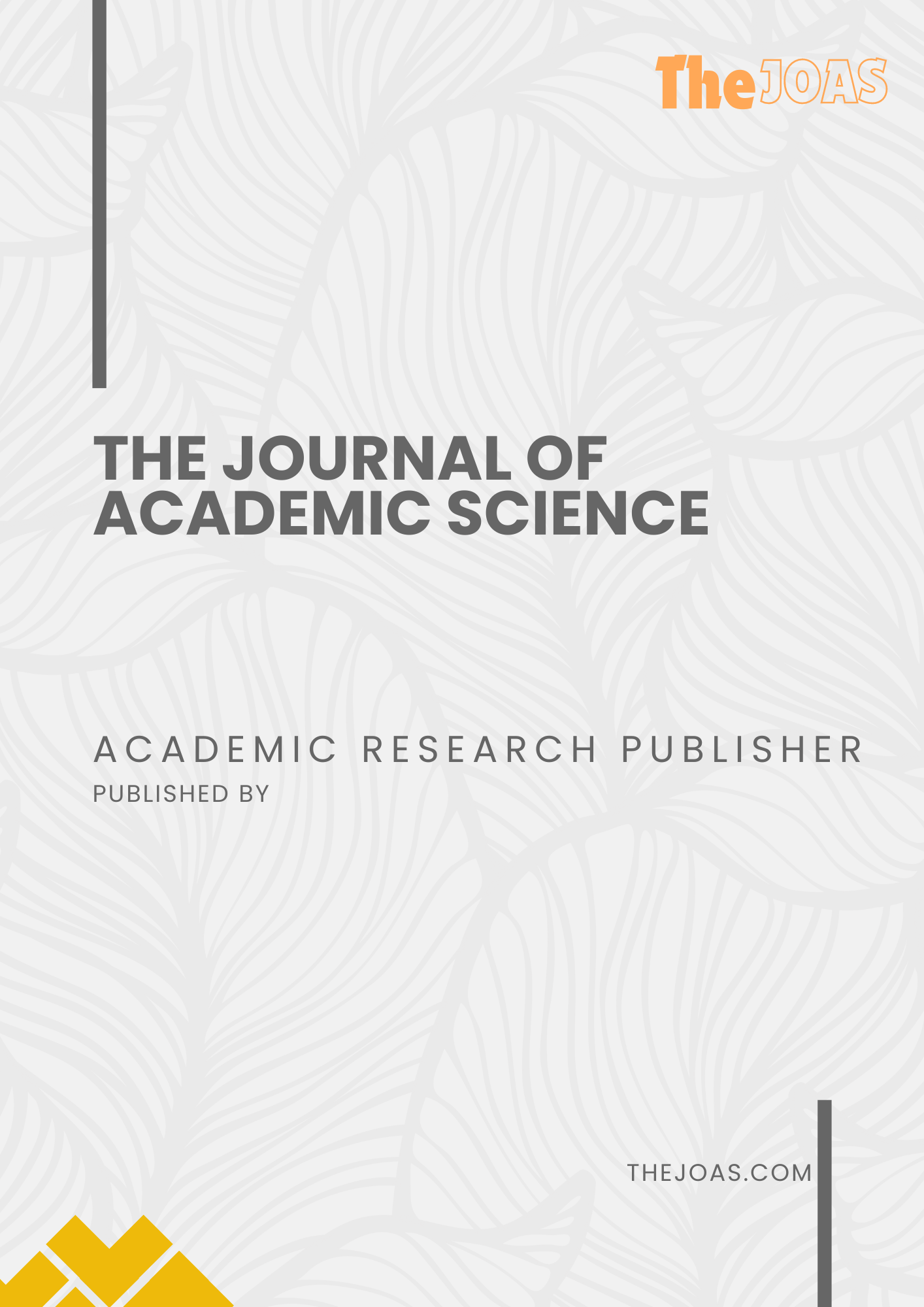Evaluation of the Conformity of the Sustainable Remediation Concept to the Success of Revegetation (Case Study: PT Arutmin Indonesia Tambang Satui)
DOI:
https://doi.org/10.59613/a20xd675Keywords:
revegetation, land remediation, sustainable remediationAbstract
Indonesia is one of the largest coal producers in the world, but its mining activities have negative impacts on the environment, such as land degradation with low fertility, high acidity, and heavy metal content. Land remediation using the revegetation method is one of the main solutions to mitigate these impacts. Revegetation aims to restore the ecological function of the land by planting vegetation that is adaptive to degraded soil conditions. This study aims to evaluate the success of remediation of ex-coal mining land at PT Arutmin Indonesia Tambang Satui through revegetation. The evaluation was carried out based on the guidelines of the KLHK Circular Letter Number SE./MENLHK/SETJEN/KUM.1/1/2024, and considering its suitability with the concept of sustainable remediation which includes environmental, social, and economic aspects. The methods used are quantitative descriptive and survey, with data collection through field observation, analysis, and literature studies. The results of the study showed a revegetation success value of 87, which is categorized as "good" and acceptable according to the KLHK guidelines. However, these guidelines only cover environmental aspects, without integrating social and economic aspects, which are important components in sustainable remediation. This study recommends the integration of social and economic dimensions into the assessment of revegetation success to support a more comprehensive sustainable remediation approach.
Downloads
Published
Issue
Section
License
Copyright (c) 2024 Dhimas Wildan Humami, Beiby Voijant Tangahu, Kukuh Widodo

This work is licensed under a Creative Commons Attribution 4.0 International License.





